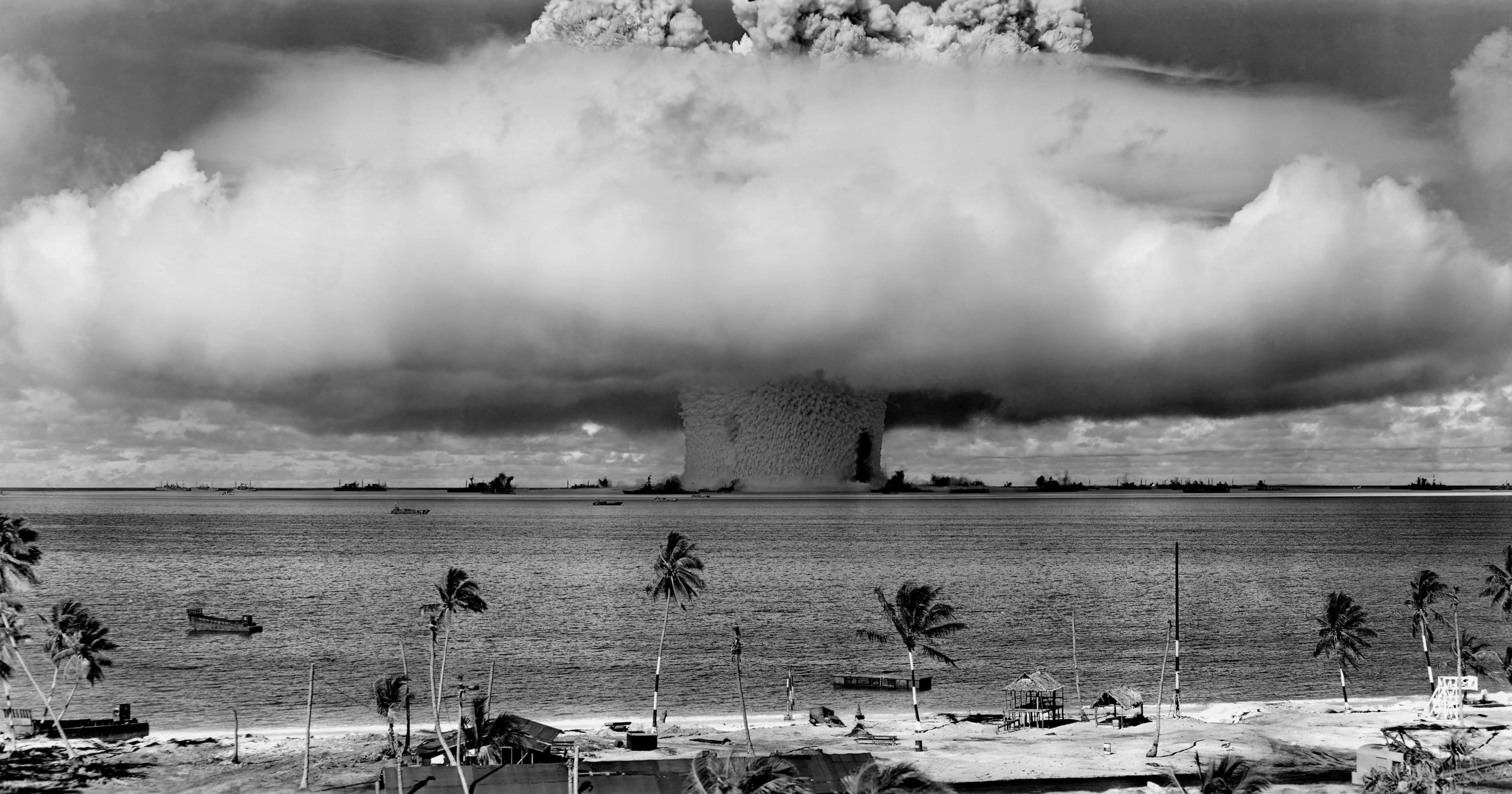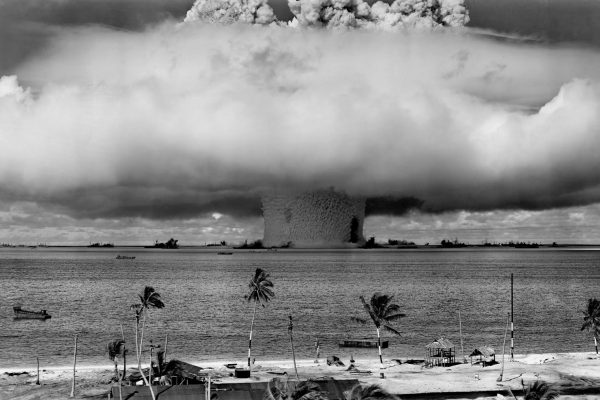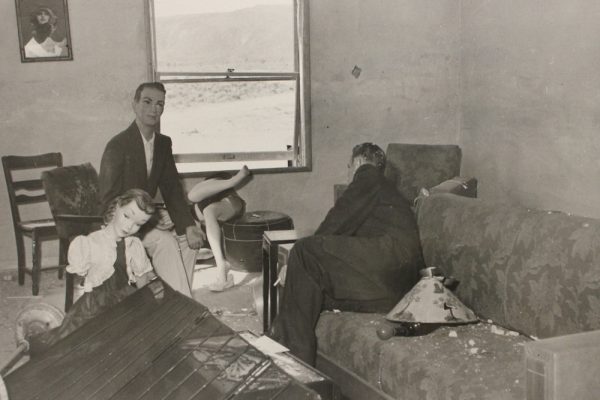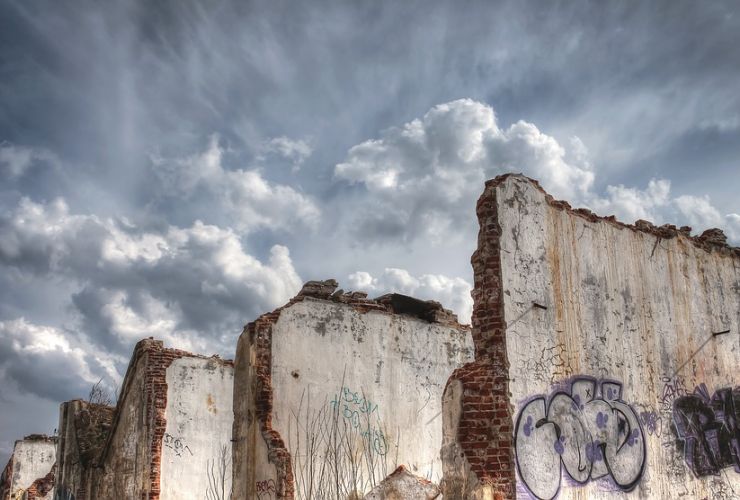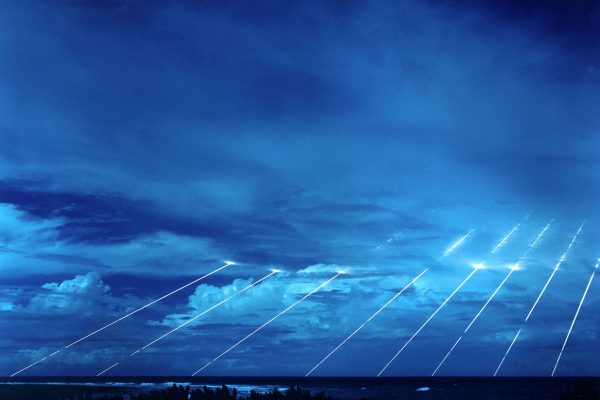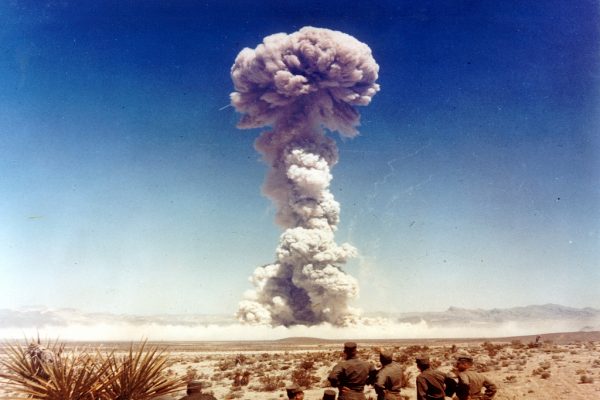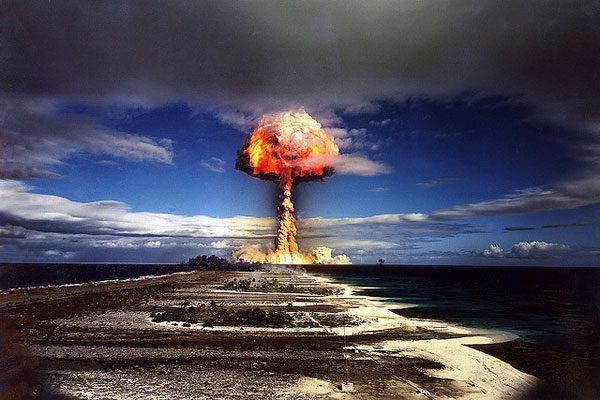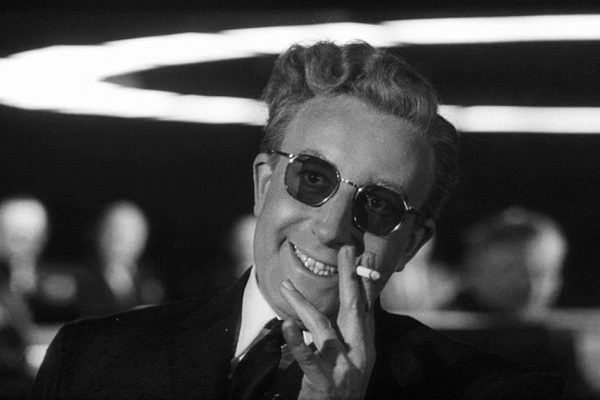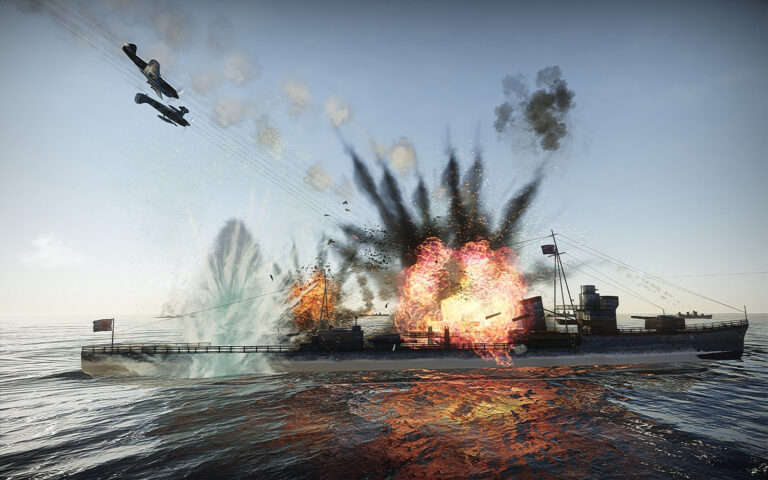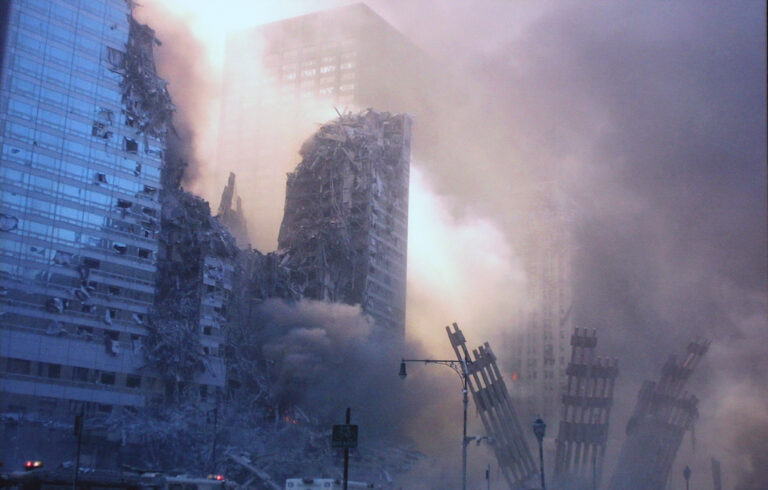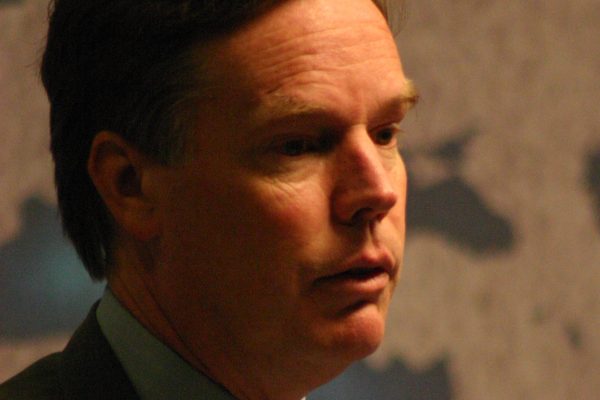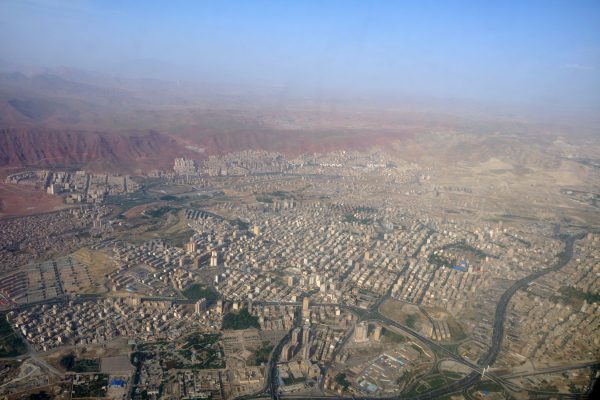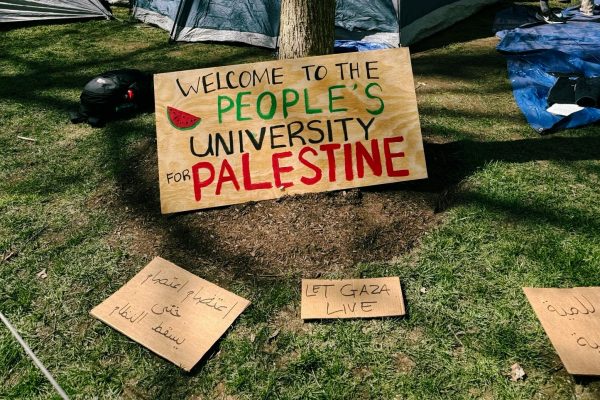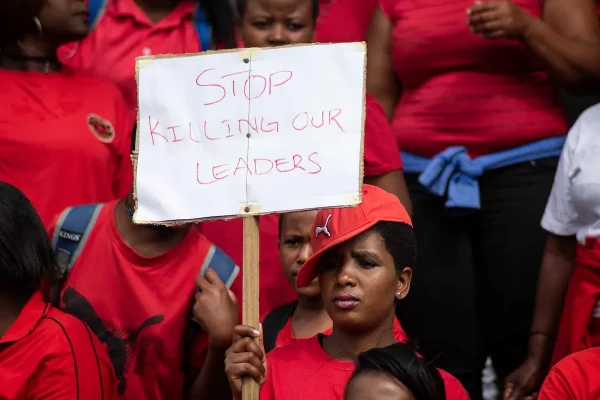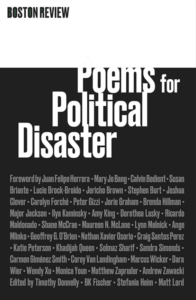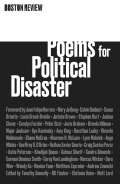Today marks 75 years since the U.S. dropped an atomic bomb over Nagasaki, just three days after Hiroshima suffered the same fate. When Americans first learned that the residents of the two cities had been collectively vaporized in less time than it takes for the heart to beat, many cheered.
But not all. As Elaine Scarry outlines in a new essay, Black Americans like the poet Langston Hughes at once recognized the moral depravity of executing 100,000 people and discerned racism as the phenomenon that had licensed the depravity. Tracing a line from the murder of George Floyd to the events of 1945, Scarry argues that despite being “worlds apart in time, space, and scale, the two events share three key features. Each was an act of state violence. Each was an act carried out against a defenseless opponent. Each was an act of naked racism.”
In addition to the anniversaries of Hiroshima and Nagasaki, this week also saw confusion and concern over what caused the deadly explosion in Beirut. While the current consensus seems to be that it was not nuclear in nature, the events brought home the realization that nuclear threats are not a relic of the past. With the hands on the doomsday clock once again hovering close to midnight, we took a dive into our archive for more perspective. The essays below analyze our current threats, look to new solutions, and offer lessons from the Nuclear Freeze Movement, which was founded by one of Boston Review‘s regular contributors, the late Randall Forsberg.
On the 75th anniversary of the bombing of Hiroshima, it is clear that white supremacy sustains the U.S. nuclear arsenal.
Seventy years after the civil preparedness film Duck and Cover, it is long past time to reckon with the way white supremacy shaped U.S. nuclear defense efforts during the Cold War.
Trump's populism, like that of Reagan, can be resisted through grassroots protest.
To be a nuclear-armed state is to invest the executive with dictatorial powers over immeasurable destructive capacity.
Forum
Normalizing relations will help Iran and the United States.
